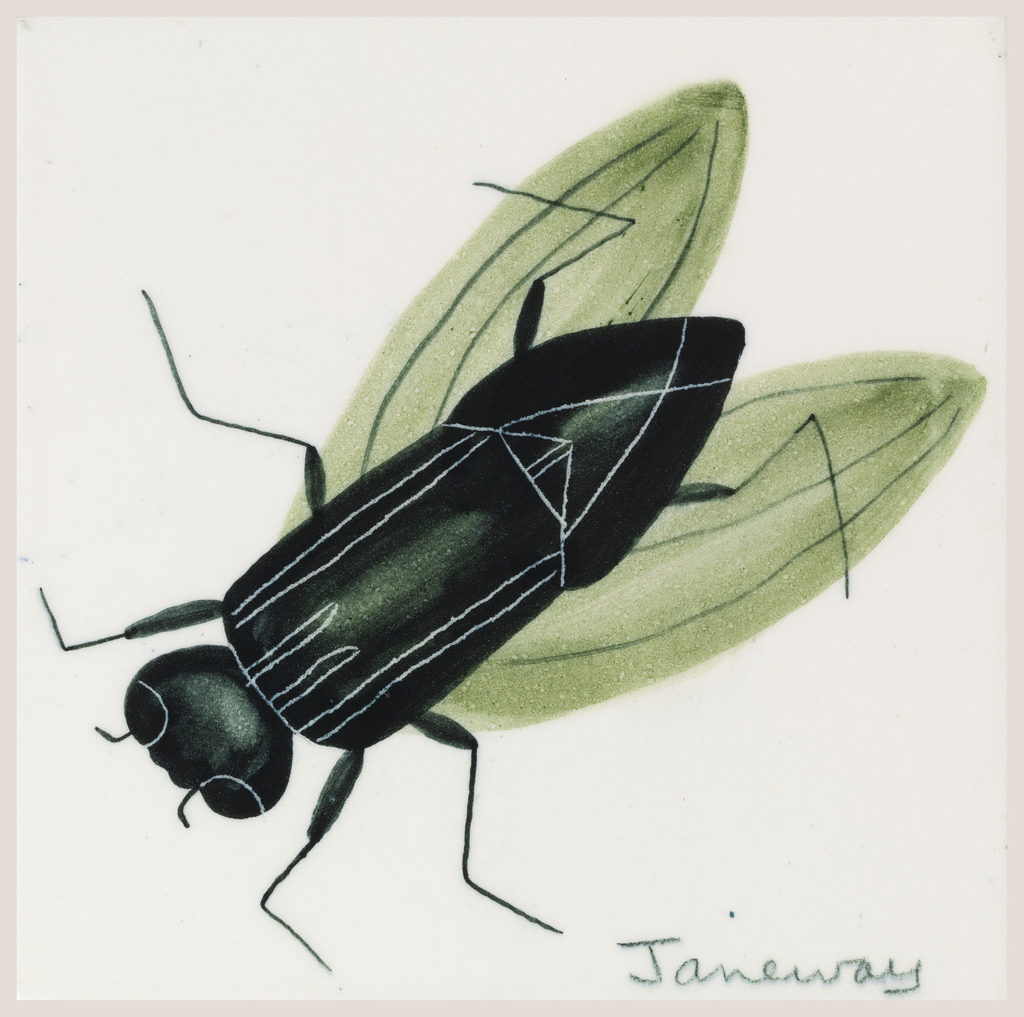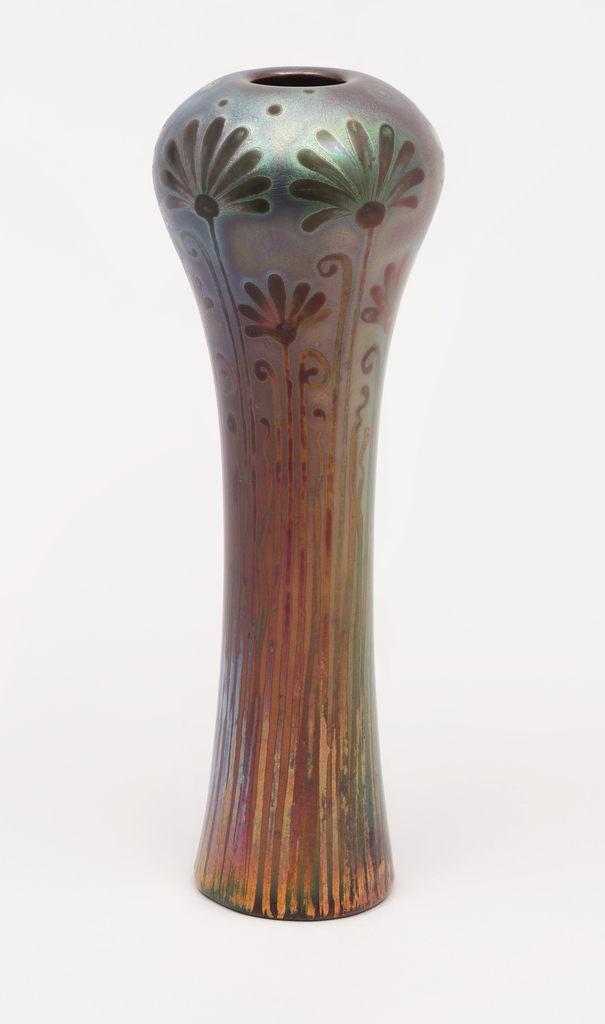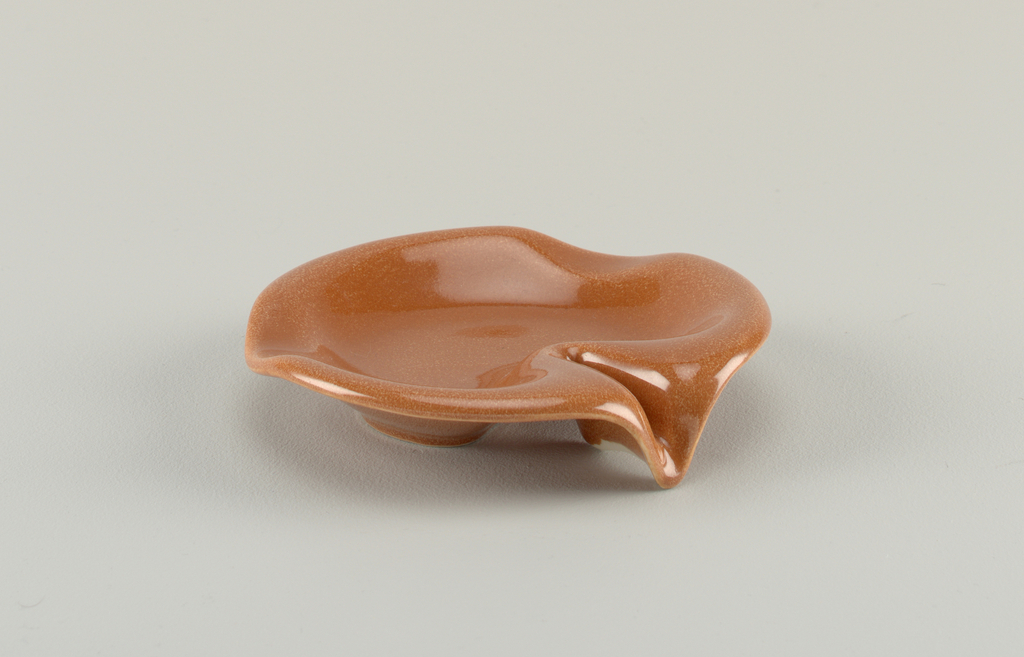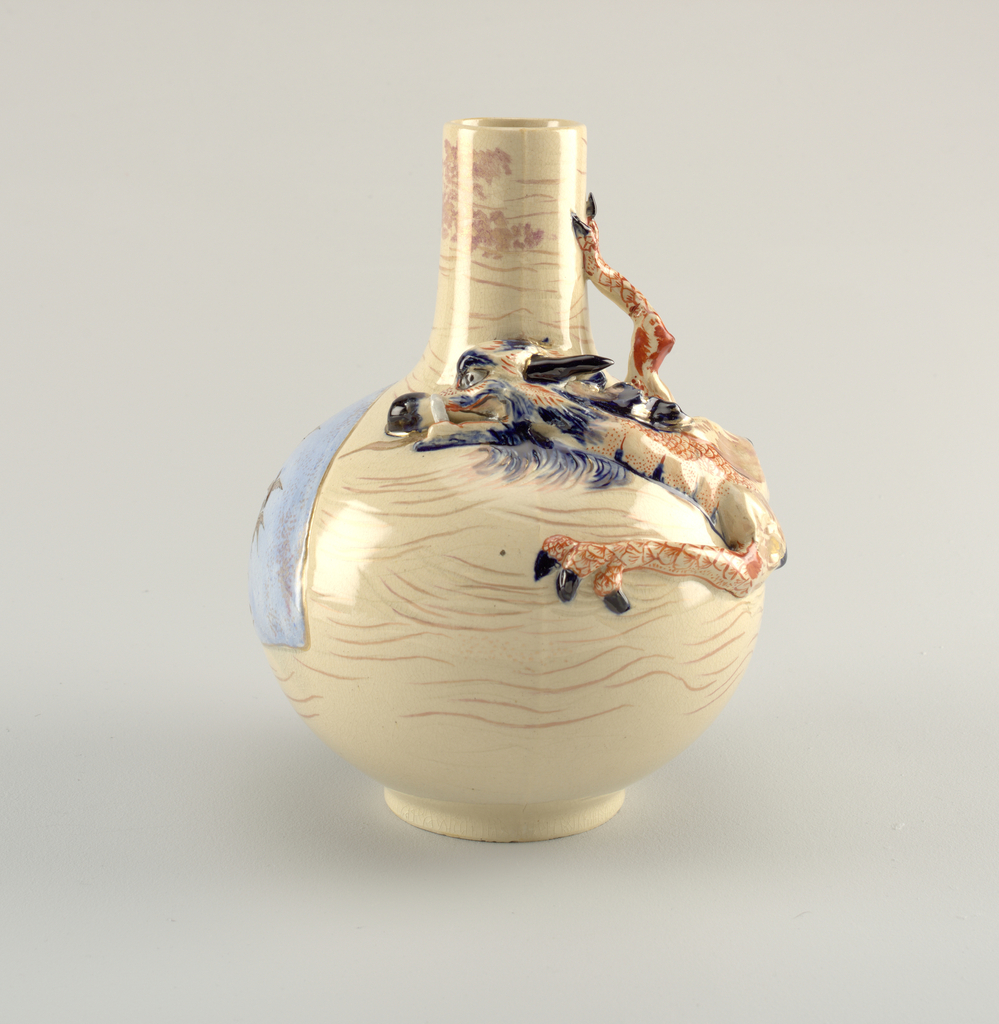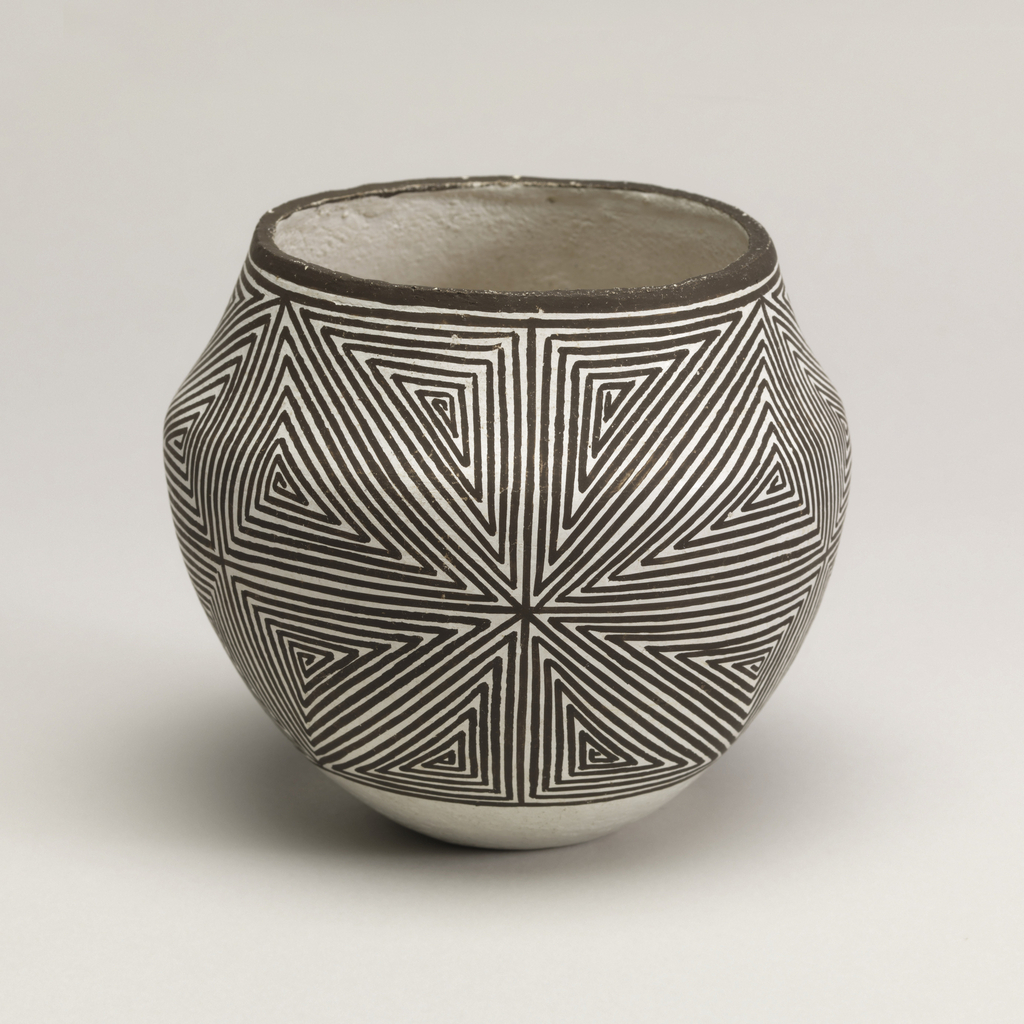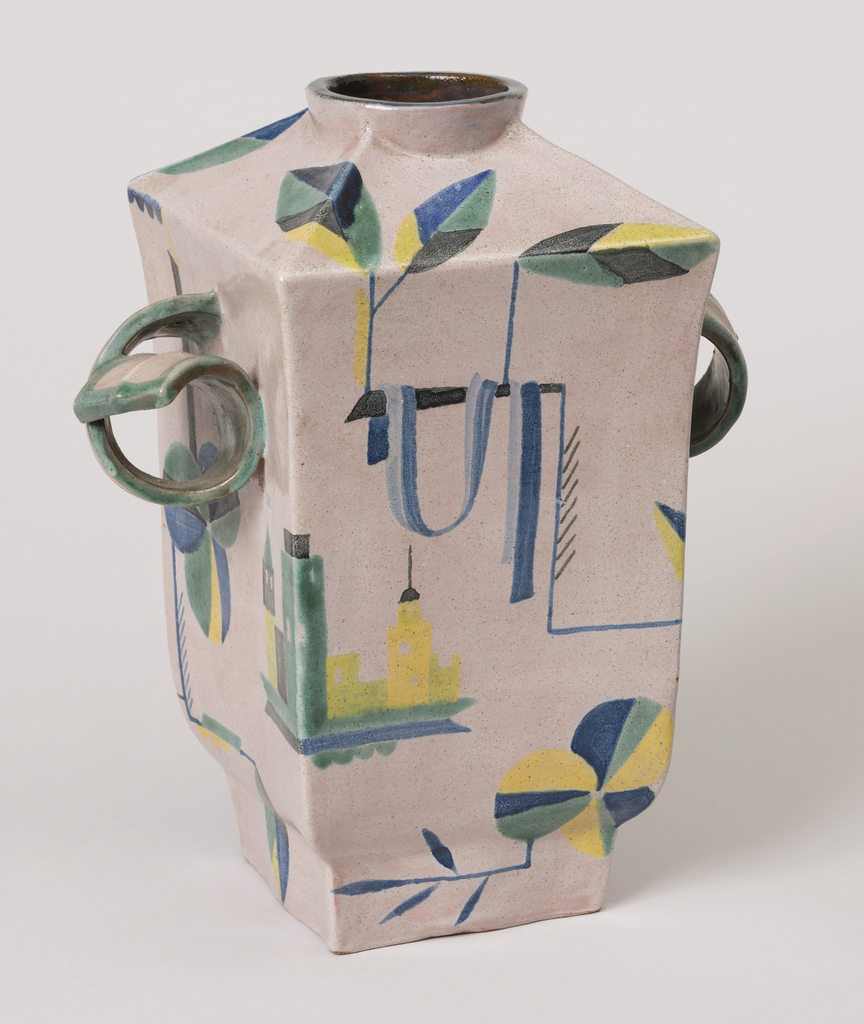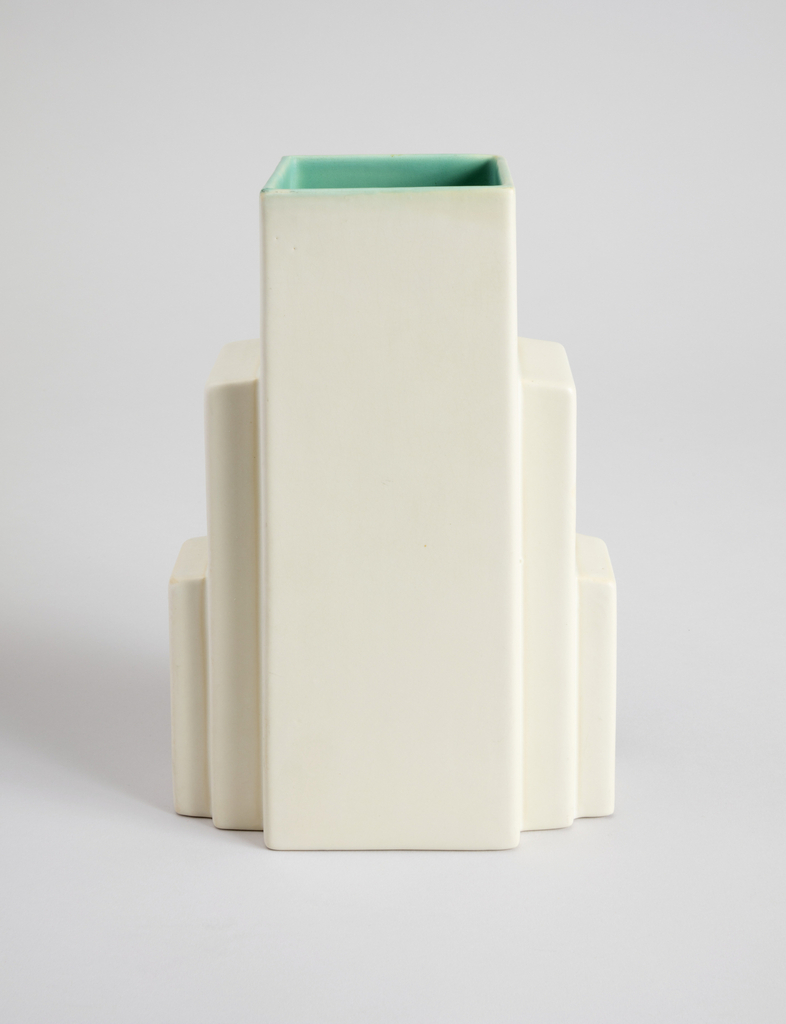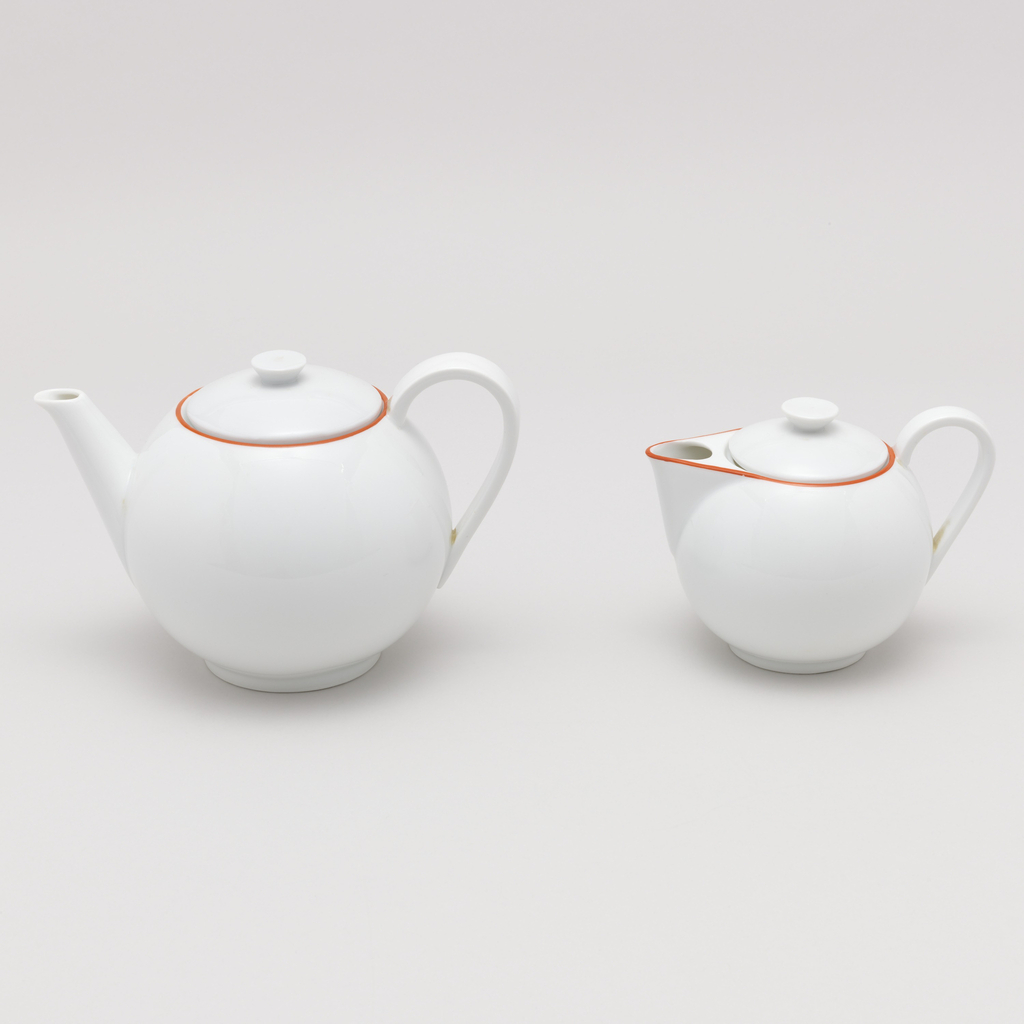Author: Victoria Jenssen I grew up with Carol Janeway’s animal-themed tiles in my parents’ home, but only since my parents’ death at the turn of this century did I start researching Janeway’s career. My family’s amusing tiles were leftovers from my father’s career of the post-war 1940s when he crafted Janeway-designed hardwood frames for her...
To celebrate the opening of Iridescence, on view through March 24, 2019, Object of the Day this week will feature iridescent objects in the collection. This vase with its shimmering colors and fluid lines was designed by Jacques Sicard for the Weller Pottery between 1902 and 1907. It was created using gray-white clay and is...
In celebration of our new exhibition, The Senses: Design Beyond Vision, this Object of the Day post explores the multisensory experience of an object in Cooper Hewitt’s permanent collection. Traditionally formed by hand, ceramic vessels possess inherent organic characteristics. Their forms have often been influenced by or imitated the shapes of human bodies since the...
In celebration of Women’s History Month, March Object of the Day posts highlight women designers in the collection. This dragon vase was made at Frederick Dallas’s Hamilton Road Pottery by Maria Longworth Nichols. Nichols worked there before founding her own firm, Rookwood Pottery, later in 1880. This example is marked with a number “3” on...
In celebration of Women’s History Month, March Object of the Day posts highlight women designers in the collection. Today’s blog post was written by Rebekah Pollock and originally published November 19, 2016. Lucy Martin Lewis learned to make pottery from her great-Aunt and other women living in Sky City, a remote three hundred foot high sandstone...
Modern Viennese design greatly influenced American style during the Jazz Age. This vase, currently on view in the The Jazz Age: American Style in the 1920s, chronicles this dialogue in the history of modern design. Remarkably, it was one of a pair originally offered in the short-lived Wiener Werkstätte showroom in New York City. Established in 1921...
Even though the stamped marking on the underside of this vase reads “Coors Golden Colorado Pottery,” its coloring is not that of a pale ale. Rather, the exterior is painted with a cream-toned glaze, while its interior is coated in a light teal. This choice of matte glazing further calls attention to the stepped form...
Now on view in The Jazz Age: American Style in the 1920s, this mocha pot by Ladislav Sutnar effortlessly combines functionality with modern design.
In a December 2016 visit to Cooper Hewitt, George R.Kravis II converted the Promised Gift of this teapot to a gift, joining a large group of objects that helps tell the story of twentieth and twenty-first century design, much of which represents the best of design often for everyday use. It is the first piece...
